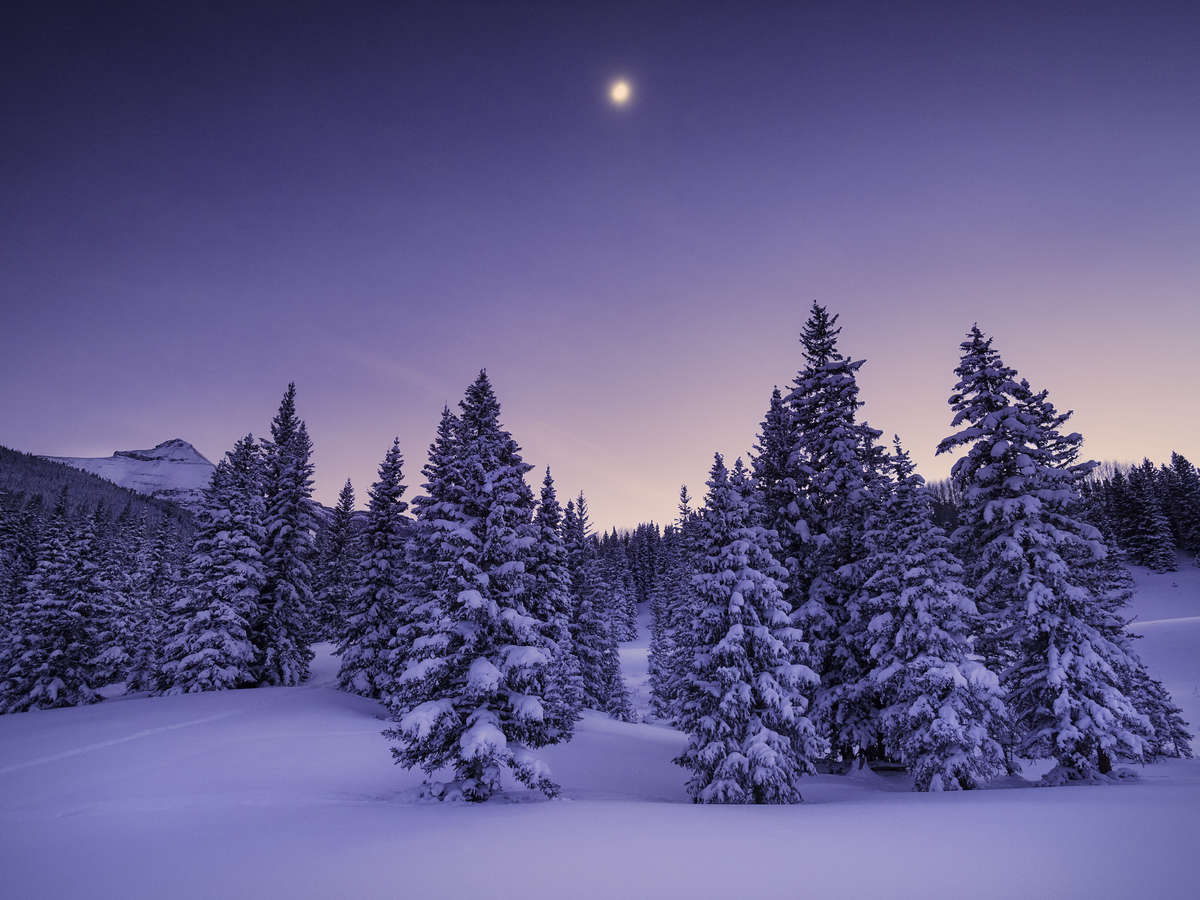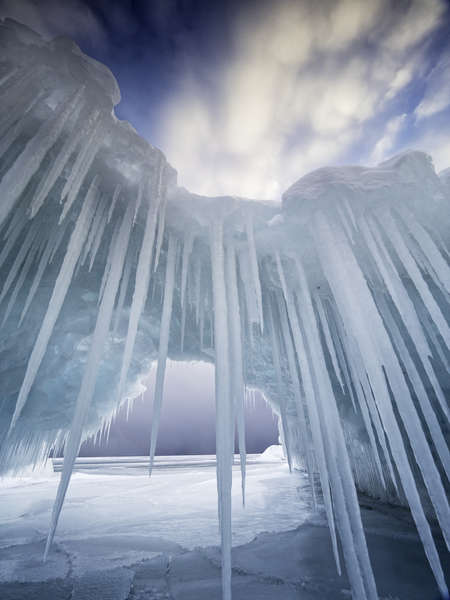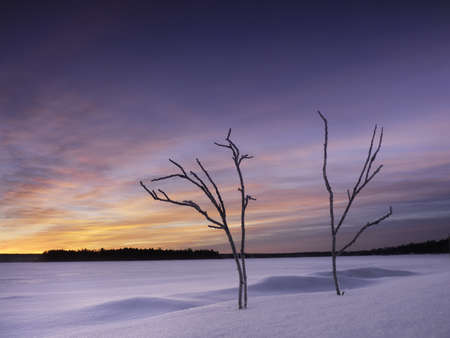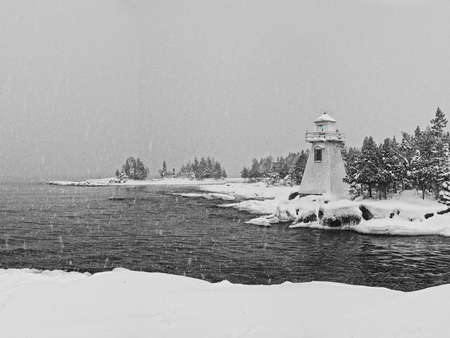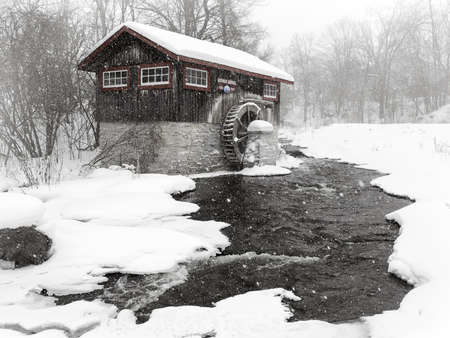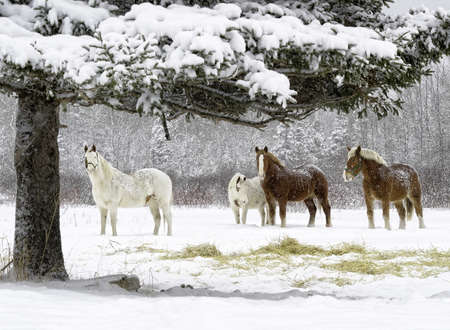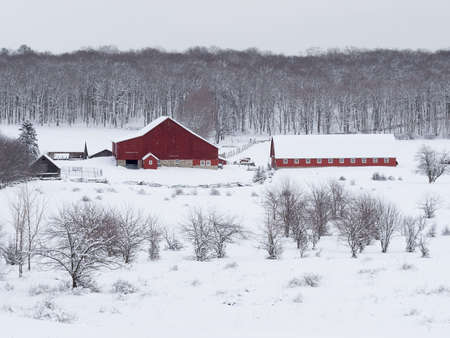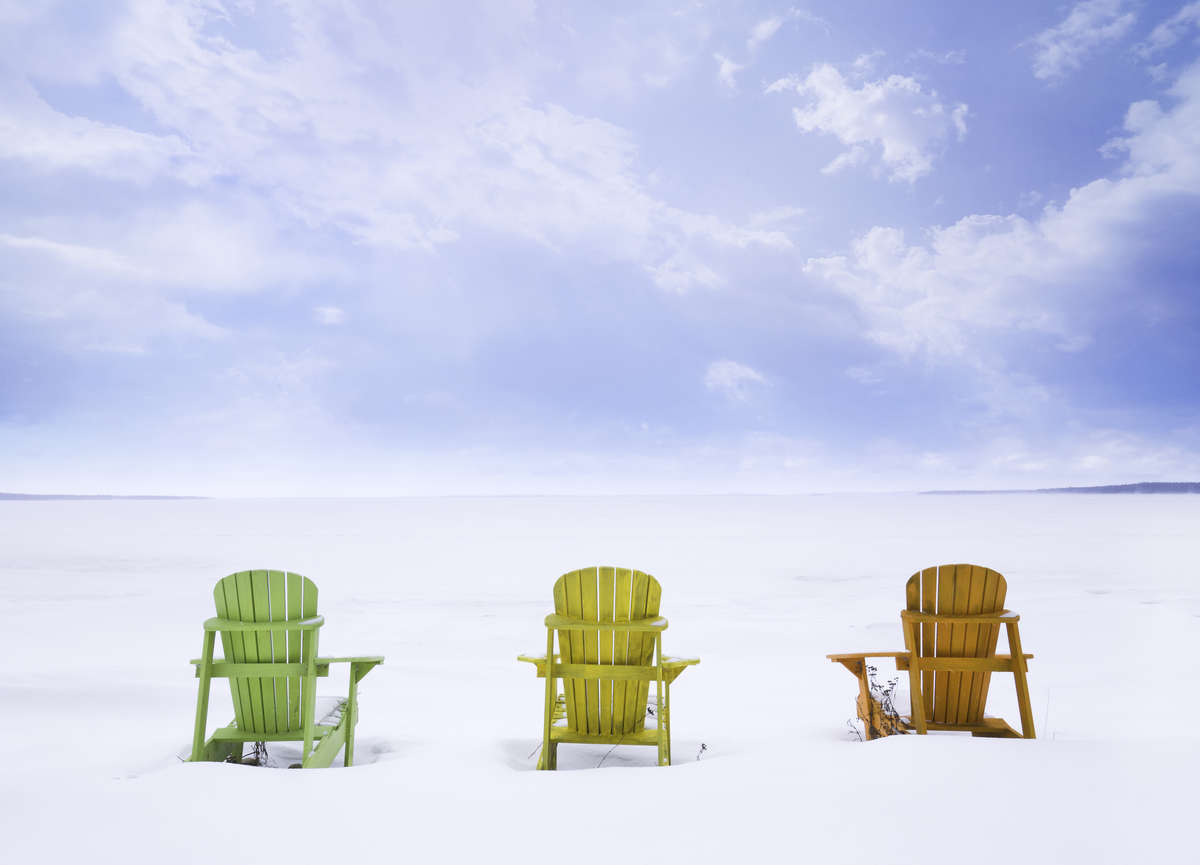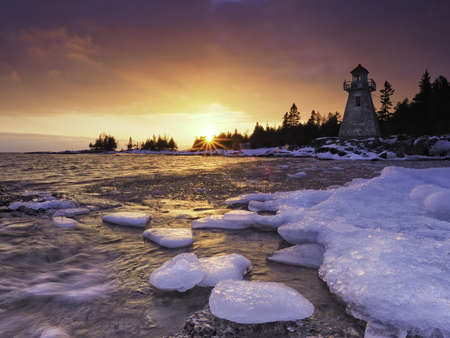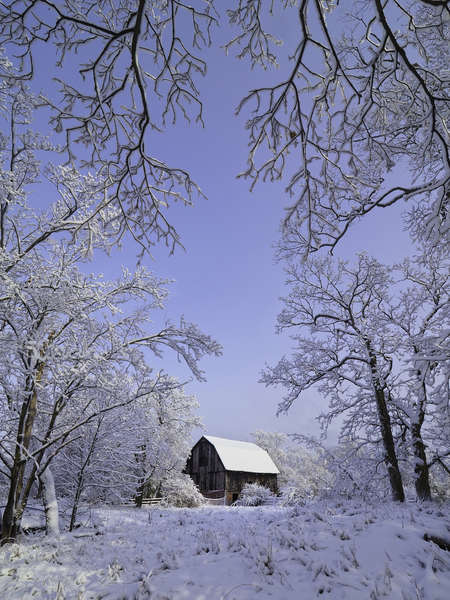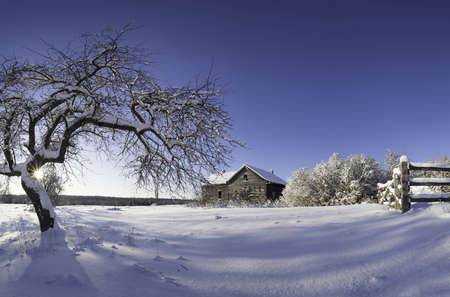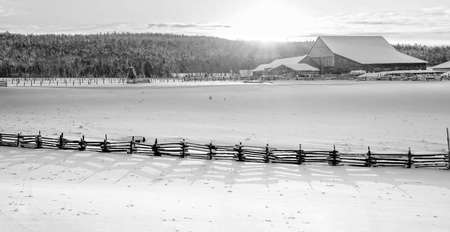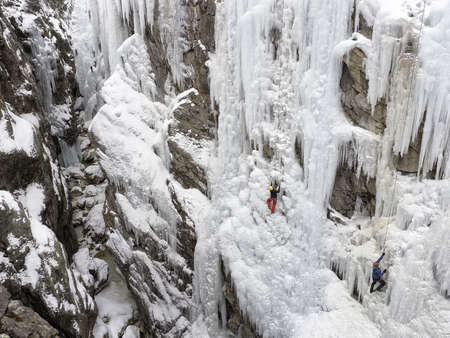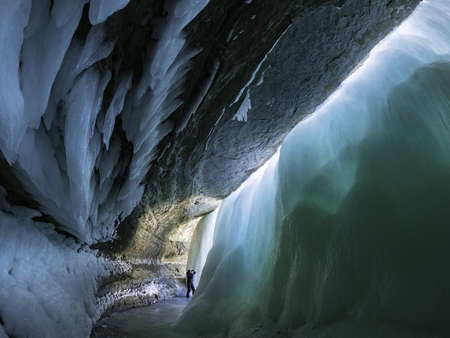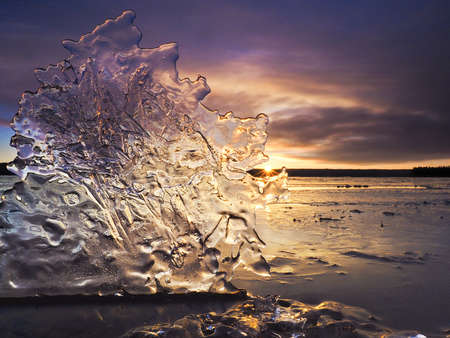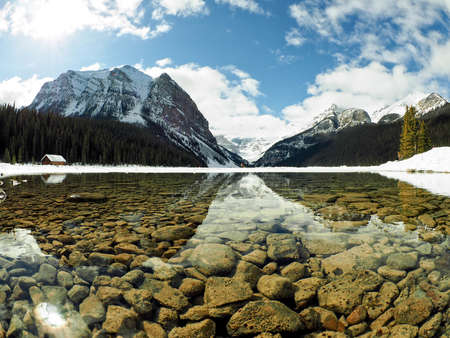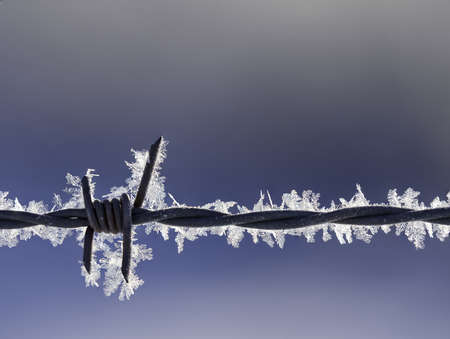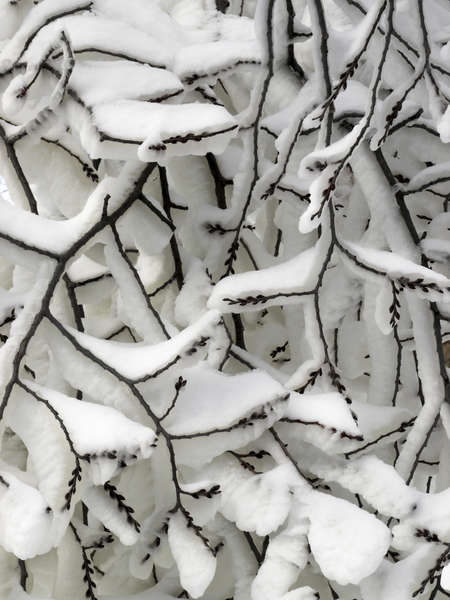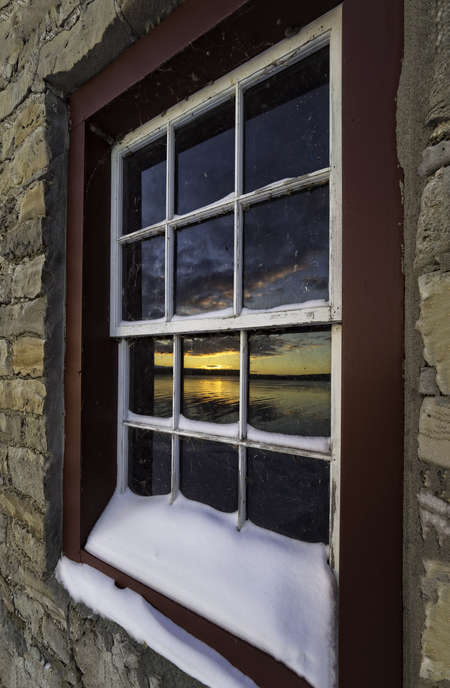I have a love-hate relationship with winter. I won't get into why I hate winter (too cold, short days, high heating bills, driving sucks... okay, so I got into it a bit). For photography however, I love winter. Once the autumn leaves hit the ground and everything looks dull and grey, I find myself dreaming of winter. There's nothing like a fresh blanket of snow to brighten up a landscape scene. And that same landscape can look quite different from day to day considering how variable the weather and lighting can be during the winter.
Is winter photography really any different from that of other seasons? Yes, and no. The basics of landscape photograph apply regardless of the season, but my approach and preparedness can be different in the winter. Here are some tips that might help you improve your winter compositions:
FOCUS ON WINTER'S UNIQUE FEATURES
Winter definitely has elements that no other season has - mainly, ice and snow. Incorporate them as key subjects in your compositions. Sometimes those ice formations may not look all that impressive from the height of a 6'2" photographer like myself. That's when I get in close, shoot low and use an ultra-wide angle lens, making them look larger and more dramatic than they really are. By getting in close you can also take advantage of how nicely some ice features can transmit the light.
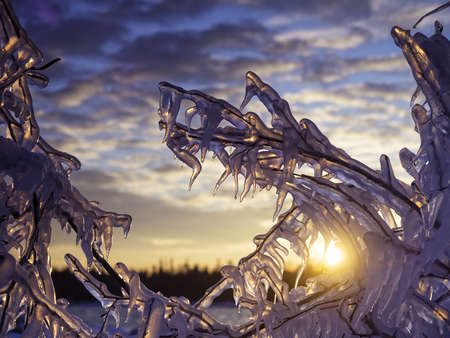
PLAY IN THE SNOW
I have to admit that I don't like photographing in the rain. My gear can handle it, but I'm not at all thrilled with working in wet weather. But the snow? Bring it on! I love what heavy snow can do to the look of scene, especially when the background fades away due to reduced visibility. No photograph is worth your safety, so only go out in nasty conditions if you are comfortable with it. Use a lens hood and keep the lens cap on until you are ready to shoot to keep unwanted snowflakes off the lens element. If you want to 'freeze' your snowflakes in place select a shutter speed of 1/125s or faster. Slower than that and your flakes will 'streak'.
LOOK FOR COLOR CONTRASTS
As much as I like that white blanket covering the landscape, it is rather monotonous. Spice it up by looking for any splash of color. I always shoot RAW, but when color is important I will also shoot jpeg using the Vivid color mode. This can be particularly useful when shooting on an overcast day.
SHOOT AT THE BOOKENDS OF THE DAY
Speaking of color, winter sunrises and sunsets can be fantastic and you don't have to get up as early or stay out as late to capture them. Get lots of depth in your photos by including some foreground interest. A good graduated neutral density filter can also help balance your exposure and keep that ice and from looking too dull.
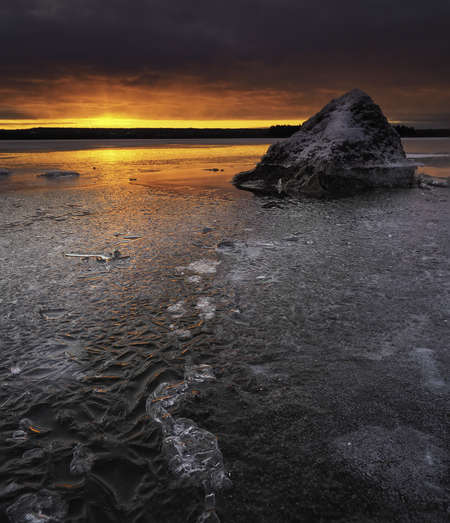
CONTROL THE BLUES
Now, I'm not talking about your mood here. Although I have to admit that photography helps keep my winter blues in check. I'm talking about a bright blue sky. Typically, I avoid shooting during the midday, but with limited daylight hours and a sun that never climbs too high in the sky I find I get great results long after golden hour. However, a plain blue sky can be just plain boring so add some interest to that sky by using some type of natural frame. Snow-covered branches can be the perfect fix for the blues.
THINK IN BLACK & WHITE
Let’s face it, winter is not the most colorful season and although opportunities exist to highlight a bit of that color, we are often faced with a far more limited palette. That’s when I shoot in black and white. if I think a scene would benefit from a black and white treatment, I will go into the Super Control Panel, select the monochrome option, and adjust some of the settings (sharpness, contrast, filter) until I get the look I want. Then I will often switch to shooting in RAW + JPEG for those scenes. Of course, sometimes the idea to create a monochromatic presentation doesn't come until later, when I'm sitting at my computer doing my post-processing. Either way, winter is great for black and white photography.
PHOTOGRAPH PEOPLE
There are many landscape photographers that don't like to include people in their images. After all, we try to get away from people and enjoy the natural beauty that exists. That said, there are several reasons why I will include people in my photos;
- to help tell a story
- to provide a point of interest
- to offer a sense of scale
The photos below do all three. The question I always ask however is, does including people add or detract from the overall composition. If adding the human element to an image doesn't improve the overall composition don't include them.
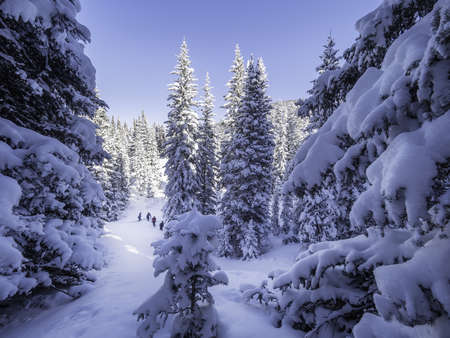
MAKE YOUR OWN POINT OF INTEREST
In each of the photos in this article I have tried to include at least one key element that your eye will be drawn to. Sometimes you get to a location and there really isn't anything that jumps out at you and screams, "Photograph me!". In those situations I know I have to work the scene. That might mean manipulating the environment a bit in order to create a point of interest that will draw the viewer into the image.
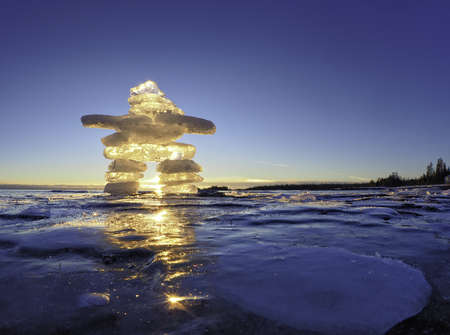
VISIT A NATIONAL PARK
National parks are amazing locations during any season. Some of my most memorable, and photographically fruitful trips have been made during the winter months. A fresh blanket of snow can add to that already stunning scenery. And the added benefit is that there will be far fewer people to contend with.
FOCUS IN ON THE DETAILS
This strategy works regardless of the season. Rather than just looking at the big picture spend some time focusing in on the minutiae of the scene. Frost and ice can really make a plain subject pop. Areas with open water, or nights with higher humidity can create some great hoarfrost when the thermometer dips below freezing.
Within this article my entire focus has been on providing compositional strategies without looking at some of the more technical aspects of winter photography, i.e. camera settings and the like. For that information check out my previous post on Winter Photo Tips. Of course, many of these ideas about composition can apply to any season. Perhaps the hardest part is to find the motivation to go exploring during the winter. Based on experience, the opportunities abound. We just have to go find them.
Republished with permission from Peter Baumgarten's Creative Island Photo blog. To comment on this article or ask Peter a question, please view original post.
ABOUT PETER
Web: creativeislandphoto.com
Blog: creativeislandphoto.com/blog
Twitter: @creativeisland4
Peter has been a dedicated Olympus shooter for nearly 40 years, and has found a way to combine his passion for photography with his love of teaching to develop photography workshops with a focus on landscape, wildlife and astrophotography. Peter’s work has been published in a number of magazines including Canadian Geographic, Shutterbug and Outdoor Photographer. He maintains his own blog with an emphasis on tutorials that assist others in bringing their photography up to the next level.
